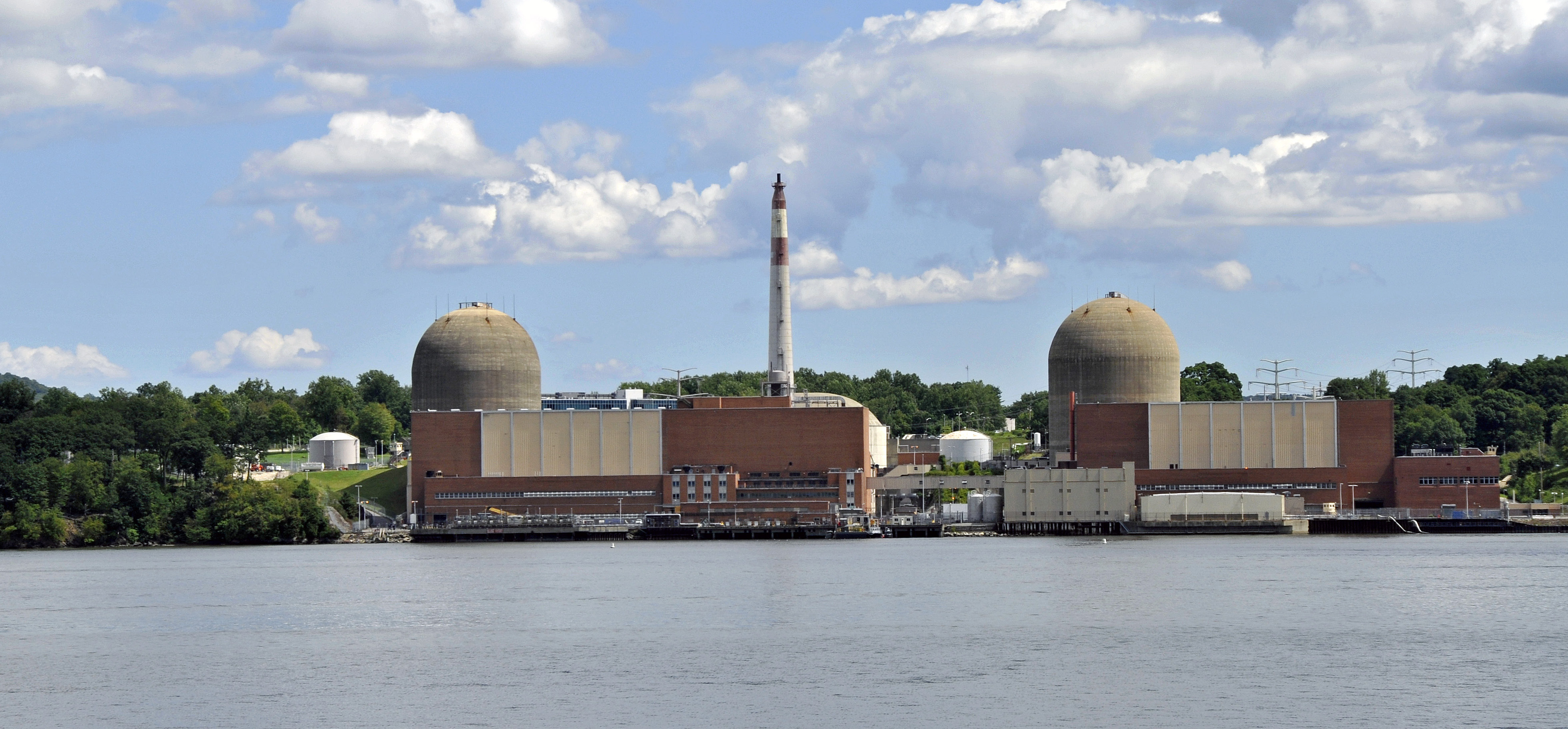
Two new reports from major environmental groups take the Nuclear Regulatory Commission to task for failing to implement regulations to address lessons from the Fukushima disaster as well as inadequate enforcement of the regulations that are on its books.
The Natural Resources Defense Council (NRDC) says that U.S. nuclear reactors remain at risk of hydrogen explosions similar to those that destroyed the Fukushima reactors and that the NRC has done virtually nothing to minimize that threat. Rather, according to Chris Paine of NRDC, the report provides extensive evidence that NRC “underestimates the rate, extent and likely impacts of hydrogen production in severe loss-of-coolant accidents…”
Why is the NRC reluctant to implement regulations to address the issue? After all, it is nothing new; as far back as the early 1970s–before the NRC even existed–Atomic Energy Commission officials recommended banning the construction of General Electric Mark I reactors over this very problem. And following the 1986 Chernobyl accident, the NRC’s top safety official at the time, Harold Denton, said these Mark I reactors have a 90% chance of containment failure in a severe accident scenario precisely because of the likelihood of hydrogen build-up in the containment and subsequent explosion. For background on the problems with GE Boiling Water Reactors, and links to the original AEC documents, visit NIRS’ website here.
One unfortunate reason for the NRC’s hesitation is simple economics. It would cost utilities money to take the necessary steps to improve the situation (and for the GE Mark I and Mark II reactors, their design is so fundamentally flawed that even piles of money thrown at the problem wouldn’t help–they need to be closed). At other reactors though, some fixes probably could be made. But the problems nuclear power is facing in the marketplace may be causing the NRC to err on the side of caution. Unwarranted caution, that is, over forcing nuclear utilities to improve their systems.
As NRDC tactfully puts it, “The aging fleet of U.S. reactors, which will increasingly operate beyond their initial 40-year term license terms, is now facing severe competitive pressures in wholesale competitive power markets, setting up difficult tradeoffs between low-carbon electricity supply, continued commercial viability, and the new investment required to sustain public safety. Many of the oldest nuclear units are General Electric Boiling Water Reactors (BWRs), with undersized Mark 1 and Mark II primary containments that the NRC has known for decades are especially vulnerable to hydrogen leaks under the elevated pressure conditions expected to occur in severe accidents.”
NRDC’s full report is available here.
The second report is the annual nuclear safety assessment from Union of Concerned Scientists, which says that the NRC’s regulatory performance has improved somewhat over the past year, but remains inconsistent.
According to UCS, there were ten “near-misses” in 2013, down from 14 in 2012. Three of those near-misses were at one reactor: Washington state’s Columbia Generating Station. The others occurred at Browns Ferry in Alabama, Arkansas Nuclear One in Arkansas, LaSalle in Illinois, Fort Calhoun in Nebraska, Oyster Creek in New Jersey, Shearon Harris in North Carolina, and Susquehanna in Pennsylvania.
UCS defines “near-misses” as “when the NRC dispatches an inspection team to investigate an event or condition that increases the chance of reactor core damage by a factor of 10 or more.”
While the report praises some NRC actions taken during the year, such as its decision to put the Vogtle nuclear licensing and inspection program on probation, Dave Lochbaum of UCS says the NRC has failed in other areas, for example by “failing to require plant owners to transfer spent nuclear fuel from cooling pools to dry casks, failing to enforce its fire protection standards when nearly half of U.S. reactors are out of compliance, allowing the Diablo Canyon plant in California to operate despite serious deficiencies in its earthquake protection regime, and covering up documents revealing the threat a potential dam failure poses to the Oconee nuclear plant in South Carolina.”
“The NRC knows that Diablo Canyon and Oconee are flouting its safety standards and is letting them get away with it,” said Lochbaum. “The only thing protecting the folks in California and South Carolina who live near those plants is plain luck.”
UCS’ annual assessment is available here.
Michael Mariotte
Comments are welcome! Say your piece above. Start a discussion. Don’t be shy; this blog is for you.
If you like GreenWorld, you can help us reach more people. Just use the icons below to “like” our posts and to share them on the various social networking sites you use. And if you don’t like GreenWorld, please let us know that too. Send an e-mail with your comments/complaints/compliments to nirs@nirs.org. Thank you!
Note: If you’d like to receive GreenWorld via e-mail daily, send your name and e-mail address to nirs@nirs.org and we’ll send you an invitation. Note that the invitation will come from a GreenWorld@wordpress.com address and not a nirs.org address, so watch for it.




Reblogged this on Imbuteria's Blog.